In a white farmhouse in the small town of Granby, Massachusetts, retired schoolteacher Abbie C. E. Lathrop made herself into a scientist. To make an income, Lathrop had started a business breeding fancy mice and selling them as pets; and in the process, she learned how to breed them for specific genetic traits.
A self-taught course in genetics, Lathrop’s business eventually turned into an experiment, and her barn became her lab. When she noticed cancerous lesions on some of her mice, Lathrop, with the assistance of pathologist Leo Loeb, initiated the first experiments into the inheritance of cancer using her fancy mice. She discovered that cancer can be genetically inherited and uncovered a connection between hormones and cancer. Ultimately, Lathrop would publish ten papers with Loeb based on her experiments—all of which she did from her farmhouse.
Lathrop as a self-made scientist cut an unusual path into the world of science, but her story is just one of many in which women, often without formal training and little support, made significant contributions or opened new avenues of research in science, technology and medicine. The history of science is rife with such stories, and these are the heart of Forces of Nature: The Women Who Changed Science
Each chapter is an essay that explores a different event or theme in women’s science history from Antiquity to the 21st century, and instead of focusing on individual biographies of extraordinary women, we focus on cultural moments in history that shaped these women’s lives and careers and how the women themselves helped create them. Forces of Nature is a glimpse outside the institutions where women were not allowed, where we find them doing significant scientific work in non-traditional ways and in unexpected places, like farmhouses. When we look behind the great men and beyond the towering women of science’s history whose lionized stories have obscured those who do not fit the mould of “scientist,” we can change our understanding of what science is and who gets to participate.
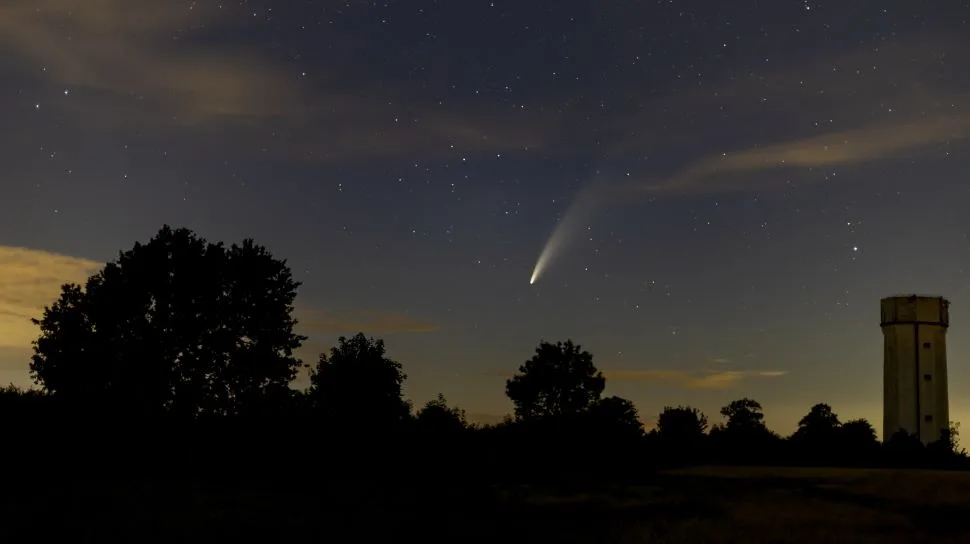
Access to the institutions of science has been and often remains, denied to women. But as the partners, wives, and family members of male scientists, many women found ways to practice science in the margins, alongside men who faced no such hurdles. The 18th-century astronomer Caroline Herschel, who is probably now even more famous than her brother William, began her career as his assistant and housekeeper. Caroline identified eight new comets between 1786 and 1797, mapped hundreds of stars and was a prolific and dedicated astronomer for almost all of her very long life, but even she saw herself as an accessory to her brother. Marie-Anne Paulze, a French chemist and translator, worked with her husband Antoine Lavosier and was responsible for original research in chemistry as well as important translations of scientific texts that helped knit the European scientific community together across borders and languages. In traditional narratives of the history of science, Antoine’s work formed the essential foundation of modern chemistry. But it would not have been possible without Marie-Anne’s collaboration; recentering this history on their partnership helps us to better understand both the history of Chemistry and the ways that women built modern science.
19th-century lithograph of sibling astronomers William and Caroline Herschel.
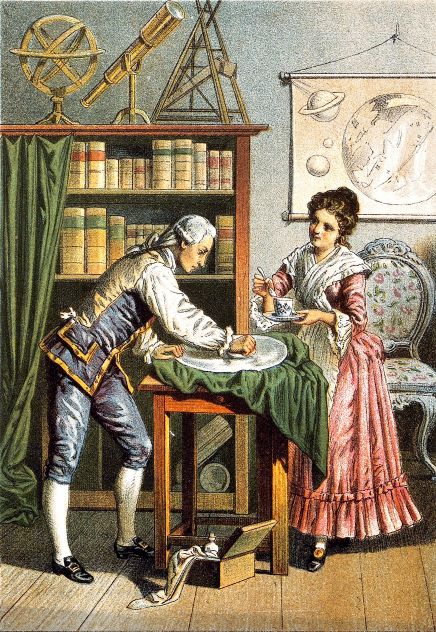
Such scientific partnerships allowed women to build their careers alongside men, but sometimes they also led to extraordinary individual careers beyond marriages and relationships. After her husband’s death, the 18th-century Italian anatomist Anna Morandi built a remarkable reputation as one of the most famous anatomists and medical sculptors in the world. Morandi and her husband were partners before his death, executing commissions for patrons and university professors, including a suite of twenty wax models for a professor at the University of Bologna. When Morandi took over the practice, Bologna’s leaders worried that she might move away, and arranged for her to receive a lifetime stipend for services to the intellectual life of the city. In addition to her wax anatomical models, many of which still survive, Morandi wrote a book about anatomy and physiology, documenting the knowledge she had gained from years of intensive study.
Where people like Anna Morandi and Caroline Herschel carved out space for their scientific work in the margins of the careers of men—an approach that allowed them to circumvent the gendered barriers to professional science in the 18th century—other women played those same barriers to their advantage. In the 19th century, as the introduction of inexpensive printed books and periodicals created a new population of learners and a craze for knowledge, women put pen to paper to teach science in the pages of popular magazines and books. The surging popularity of the subject in this period created a brief window where women entered the knowledge market to translate the latest scientific knowledge into approachable works for the general public. Jane Marcet, one of the earliest of these women popular science writers, attended Humphry Davy’s lectures at the Royal Society and started writing Conversations on Chemistry (1801), the best-selling English-language book in the first half of the century. Marcet’s innovative conversational style was directed primarily at women readers and employed female characters to explain concepts in chemistry through their lively conversations. They brought science down from the lofty bookshelves of the elite and into the hands of the middle class through accessible writing and newly affordable printed media.
Anna Morandi became very famous in her time, and many of her exquisite wax anatomical models survive today.

Wives, assistants, and popularizers are only a sampling of the groups of women covered in Forces of Nature who contributed to the progress and culture of science from the margins of the mainstream and of prestigious institutions. By telling these stories, we show that women’s participation in science has not just been that of the anomalous Marie Curies, Rosalind Franklins, and other luminaries who frequent popular lists of “unsung women in science.” Rather, women’s participation has been a constant and their pursuit of knowledge of nature and the cosmos has been relentless. In reading Forces of Nature, we hope that readers will move away from the question of if women are capable of scientific achievement and innovation and begin to seek out the forces that have hidden past women in science from view in order to dismantle those same forces in the present with the hope of building a better, a more inclusive future.
Forces of Nature: The Women Who Changed Science.
Published by Frances Lincoln. Hardback. £20
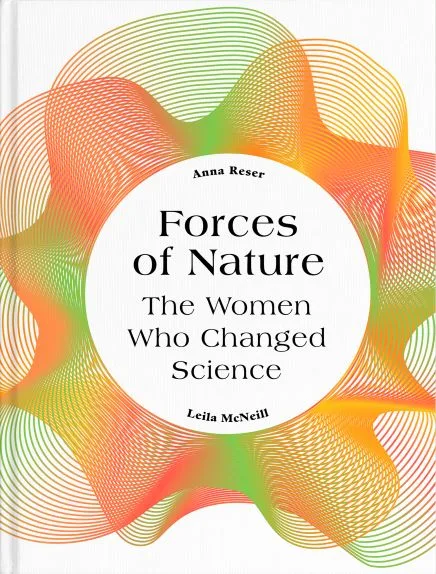
ABOUT THE AUTHORS:
Anna Reser is an American historian of science and technology. She holds a PhD in the history of science, technology, and medicine from the University of Oklahoma. She is the co-founder co-editor in chief of Lady Science magazine, and her writing has appeared in The Atlantic, Real Life, StarTrek.com, Technology’s Stories and more.
Leila McNeill is an American writer, editor, and historian of science. She is an Affiliate Fellow in the History of Science at the University of Oklahoma and the co-founder and co-editor-in-chief of Lady Science Magazine. She has been a columnist for Smithsonian.com and BBC Future, and she has been published by The Atlantic, The Baffler, JSTOR Daily, and more.
Opening picture by Artem Podrez for Pexels
Picture of William and Caroline Herschel courtesy of Heritage Image Partnership Ltd. Alamy Stock Photo
Picture of Anna Morandi courtesy of The Picture Art Collection. Alamy Stock Photo









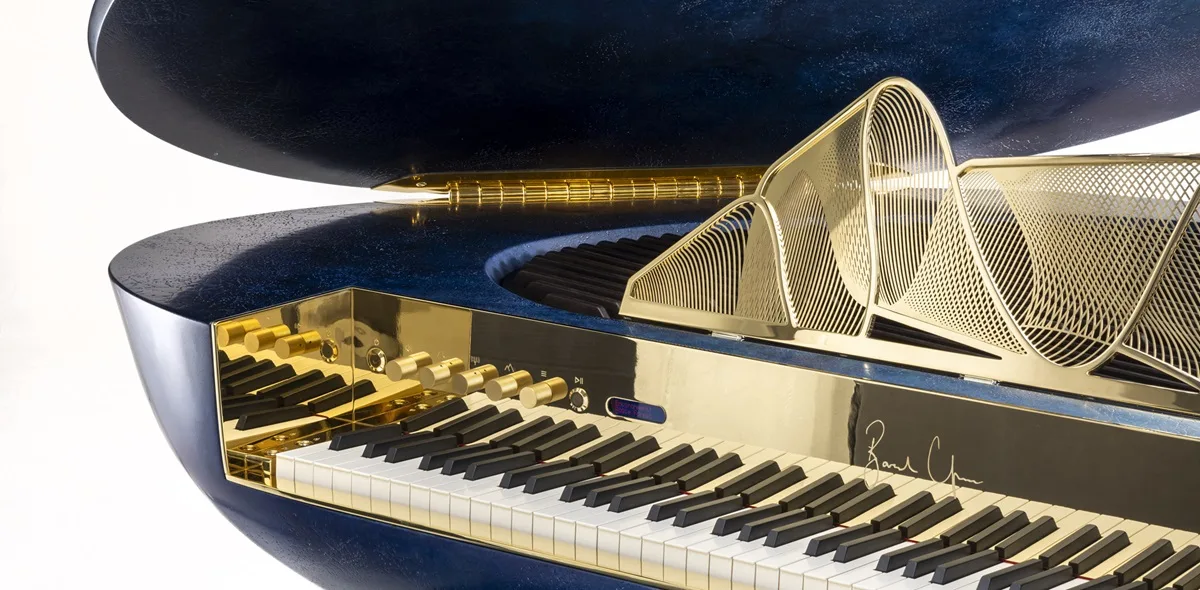
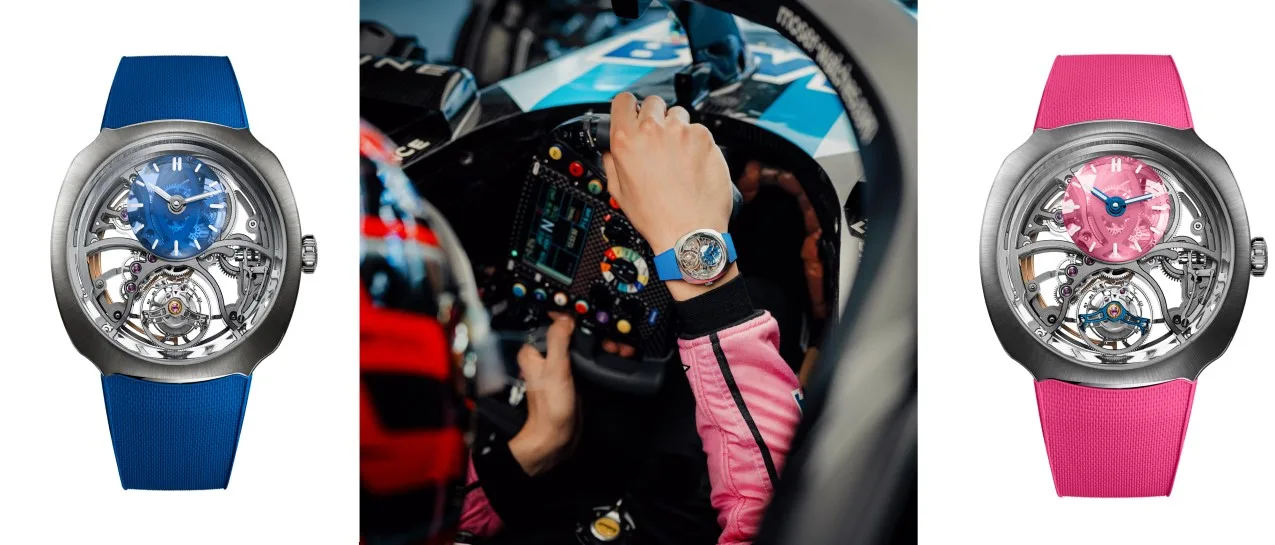



Show Comments +